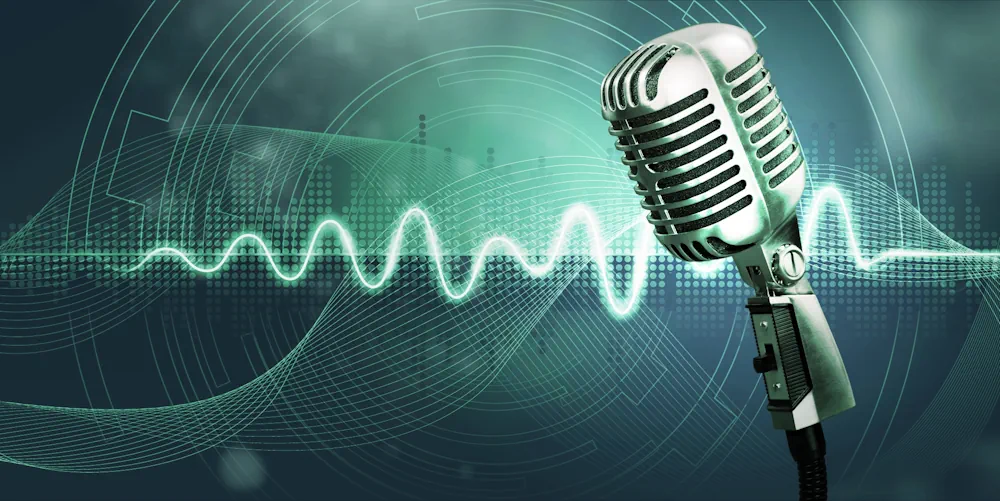
Hi there! We are In3D Gallery.
We're taking smart people like you inside the third dimension of radio.
About Us
We're taking smart people like you inside the third dimension of radio.
About Us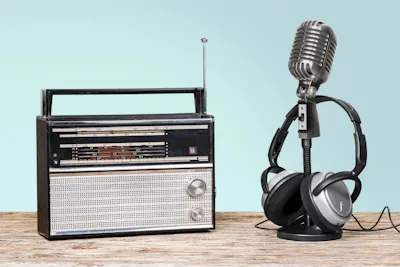
Enter a world that's been connecting people across continents for over a century. Discover how radios work, what frequencies mean, and more.
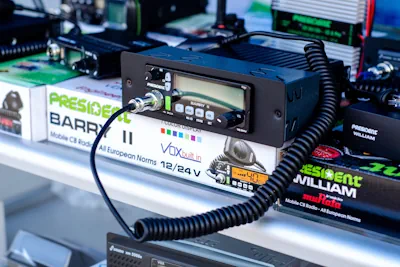
Learn about transceivers, antennas, software-defined radios, plus all the software that makes everything click. We tackle analog gear and digital setups.
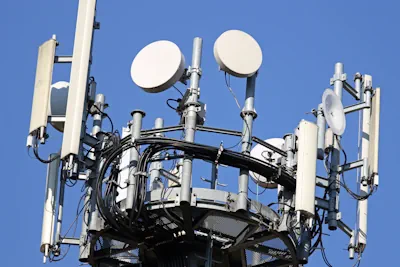
Jump into digital modes, satellite operations, emergency comms, plus other advanced topics. Built for hams who are ready to push past conventional limits.
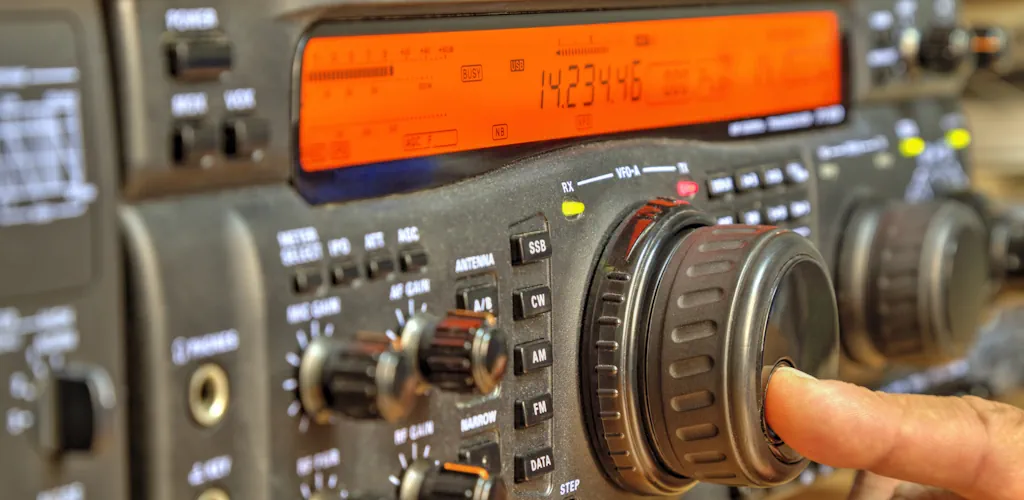
Here's a sobering statistic: 70% of new ham radio operators abandon the hobby within their first year. Not because amateur radio lacks value, but because they bought the wrong gear, joined the wrong communities, or got overwhelmed by gatekeepers pushing expensive solutions to problems they don't have yet.
I've watched brilliant engineers blow $2,000 on HF rigs they never learned to use properly. I've seen people get paralyzed by analysis paralysis, researching antenna theory instead of making their first contact. The ham radio world is littered with good intentions and bad advice.
Read Full Article →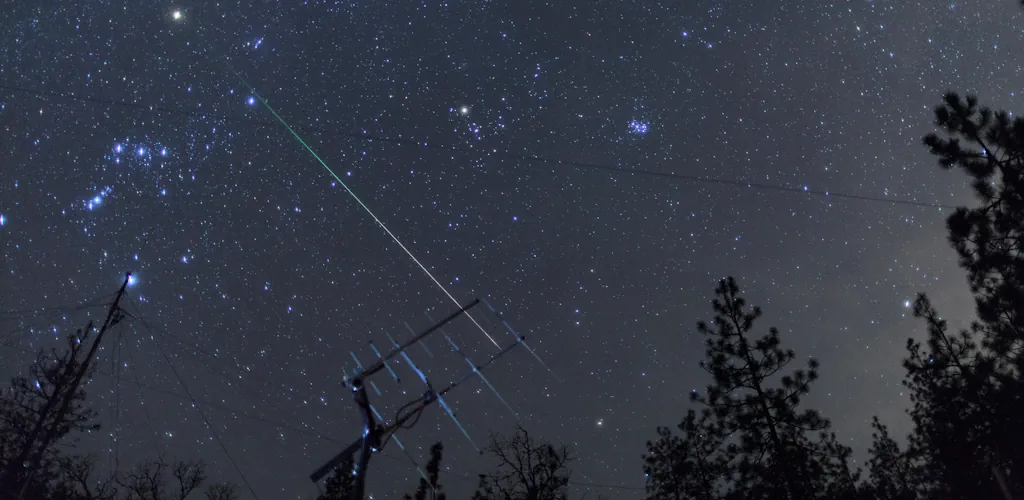
Amateur radio satellites orbit overhead every day, carrying signals across continents with nothing more than a handheld radio and a directional antenna. Yet most hams never attempt satellite communication, assuming it requires NASA-level expertise or expensive tracking equipment. The reality? You can work satellites with gear you probably already own and about $100 in additional hardware.
Here's what changed my mind about satellite operations: watching a friend make contacts across three states using a $40 Baofeng and a homemade tape measure Yagi.
Read Full Article →Discover our free resources for beginners and advanced radio enthusiasts.
Get StartedAmateur radio represents a non-commercial service permitting licensed folks to communicate via radio frequencies for personal, educational, emergency reasons. Anyone can become a ham operator by passing licensing exams, which differ between countries.
No licensing is required for listening to amateur radio, public safety, or shortwave broadcasts. Transmitting on amateur frequencies without proper licensing is illegal across most regions. Always verify your local regulations.
Most newcomers begin with handheld VHF/UHF transceivers (called HTs), which are affordable and work great for local communication. As your knowledge grows, you can advance to base stations, HF rigs, or software-defined radios (SDRs).
Sure thing! With software-defined radios (SDRs) and software like WSJT or Fldigi, you can transmit and receive signals using a PC or smartphone - and sometimes even without using traditional radios, depending on mode.